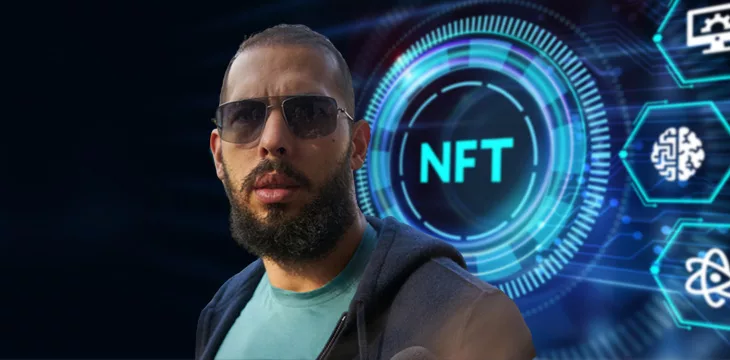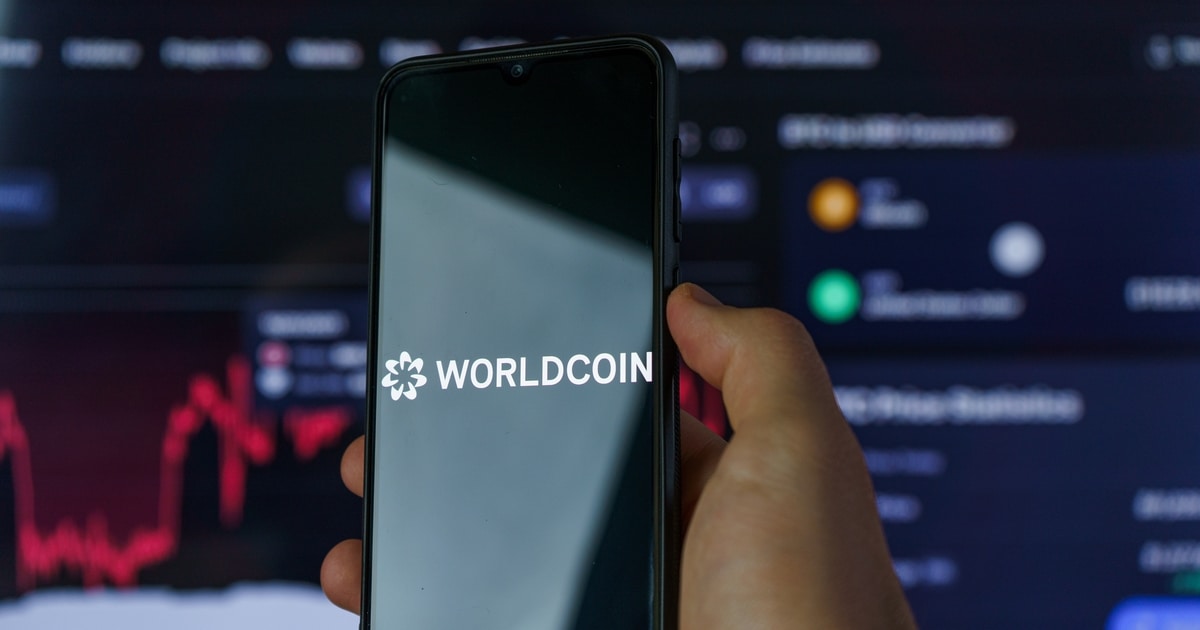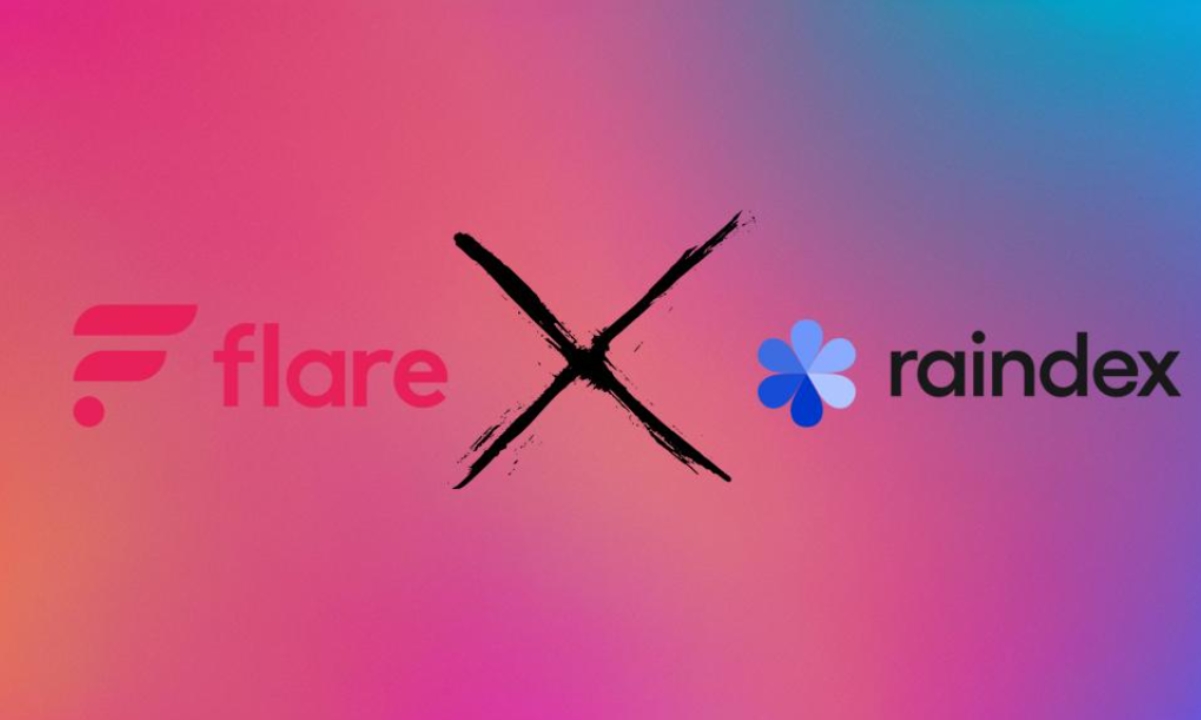
Controversial influencer Andrew Tate recently made headlines by reminding his followers that he had called NFTs a scam back in October 2021. Tate declared that NFTs proved “the entire crypto space is a scam” and that his prediction about many of these assets going to zero validated his claim of never being wrong. But is Tate really correct in his assessment? The answer is both yes and no.
When it comes to overpriced JPEGs, Tate’s statements are accurate. There is no justification for spending millions on publicly viewable digital images. However, dismissing NFTs as a concept because of a few fraudulent individuals selling overpriced ASCII art is an incorrect conclusion. It is crucial to understand the true utility and potential of NFTs before drawing a definitive judgment.
While there have been several high-profile NFT scams, it is important to recognize that not all NFTs are worthless JPEGs. Non-fungible tokens possess real-world utility that could revolutionize various industries in the future. Let’s delve into some examples to illustrate this point.
One significant application of NFTs is the tracking of luxury goods and the verification of their authenticity. For instance, luxury brands like Gucci can issue NFTs for each handbag they sell. This issuance enables owners to prove ownership and track the entire lifecycle of their luxury goods on the blockchain. Such a feature provides immense value in proving authenticity and having a verifiable ownership history.
NFTs can also be utilized to reward fans on engagement platforms like Zetly. Tokens can be sent directly to fans’ wallets, offering them special privileges such as backstage passes, exclusive game access, or digital memorabilia that serves as proof of their attendance at historic events. Influencers like Tate could leverage such platforms to engage with their fans and create unique rewards for their most loyal followers.
In addition, non-fungible tokens can represent rights for artists and creators to receive royalties whenever their music is played on platforms like DistroMint. This innovation enables all collaborators involved in creating a piece of art to receive micropayments as royalties indefinitely, a concept that was previously unimaginable.
Unfortunately, many people only associate NFTs with pump-and-dump scams that often occur when something new is introduced into the collective consciousness. The term “NFT” has been negatively impacted by infamous projects such as Stoner Cats on Ethereum. It may be necessary to introduce a new term in the future to regain the public’s trust and encourage them to take a fresh look at the potential of NFTs.
Nevertheless, it is crucial to acknowledge that the blockchains currently hosting NFTs, such as Ethereum, face scalability and cost issues. Ethereum can only handle 20 transactions per second and experiences wildly fluctuating fees. Several minor NFT projects even caused the Ethereum blockchain to stop working altogether.
To realize the previously mentioned use cases for NFTs, a scalable and low-fee blockchain like Bitcoin SV (BSV) is required. BSV is already proving that tokens like NFTs can be useful by enabling projects like Champions TCG to mint a million playing cards easily and at an extremely low cost. These tokens are then used in a fast-growing game, showcasing true utility.
In summary, while Tate’s skepticism about JPEG scams is valid, it is incorrect to assert that NFTs prove the entire crypto industry is a scam. Underneath the surface, a world of utility is being built with NFTs. As Web3 and the metaverse become a tangible reality, the true use cases and potential of NFTs will become apparent. It is essential to look beyond the scams and explore the transformative power of these tokens in various industries.
[Note: The article is referencing external sources and includes embedded tweets and videos. Please refer to the original article for accurate representation.]






